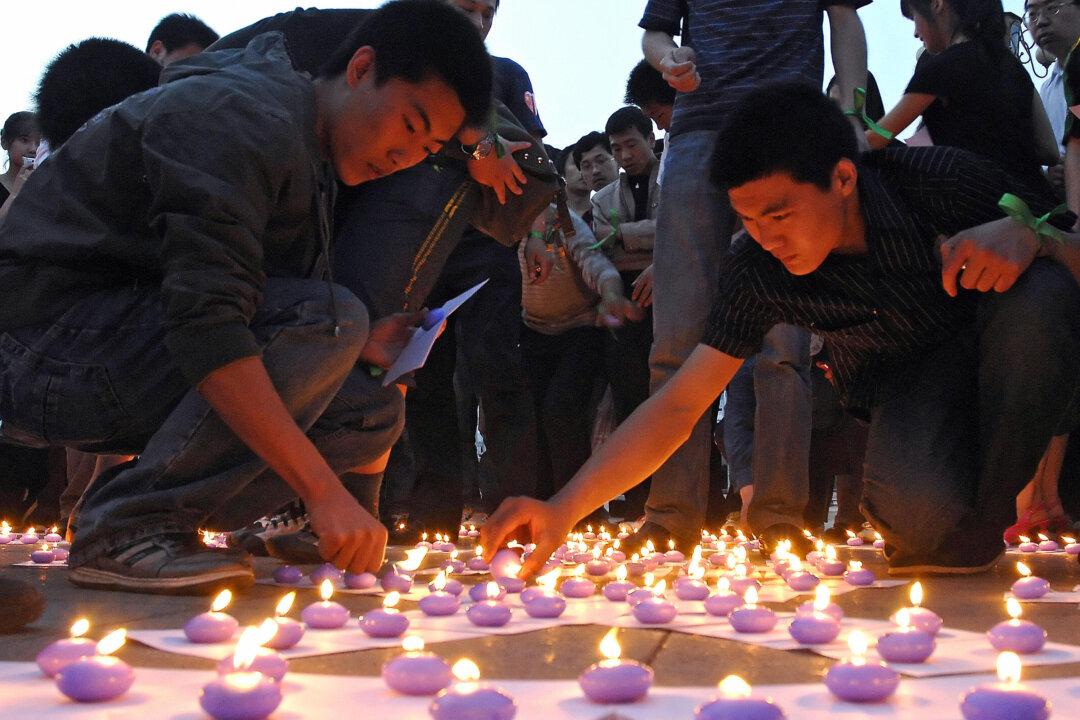On July 28, 1976, the monstrous Tangshan earthquake caused more than 240,000 fatalities and 160,000 serious injuries. Medical workers in China did case studies on the survivors, most of whom had been buried under the rubble of collapsed buildings, to try and find out whether they had near-death experiences, and if so, how they felt. The results were published in the journal Popular Medicine, Issue 5 (1993).
According to their recollections, more than half of the survivors reported that during the time they were in danger, not only were they not afraid, on the contrary, their minds were clear, calm and comfortable. In such a dangerous situation, there was no panic; some people even had feelings of happiness and thoughts running rapidly through their minds. Many different thoughts came up. At this moment, things that had happened in their earlier lives kept flashing back like a movie and the scenes were mostly happy ones. The recollections were of such things as funny moments during childhood, wedding ceremonies, and achievements and awards from work. This phenomenon is called life retrospection or “full-scale recollection.”

